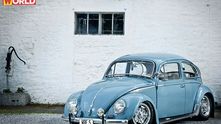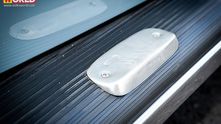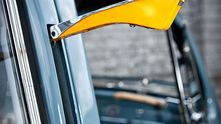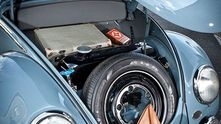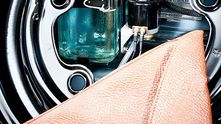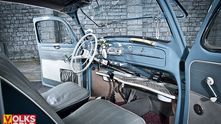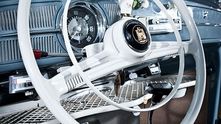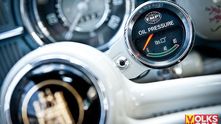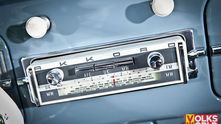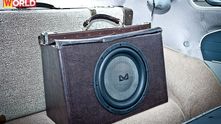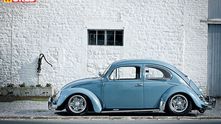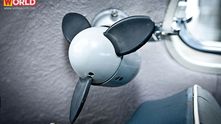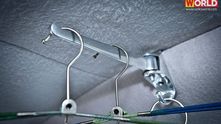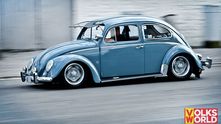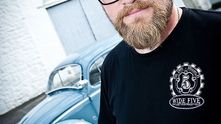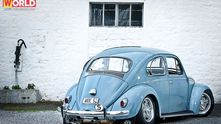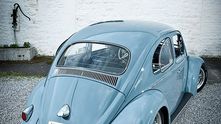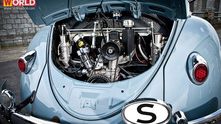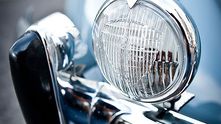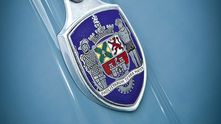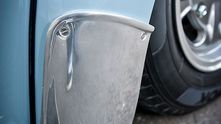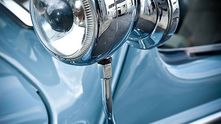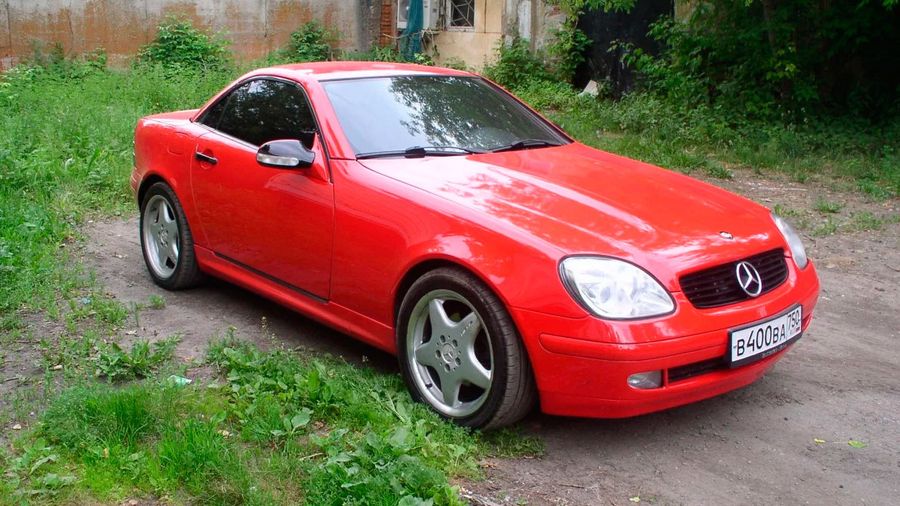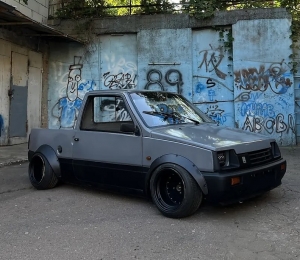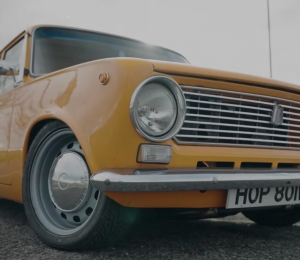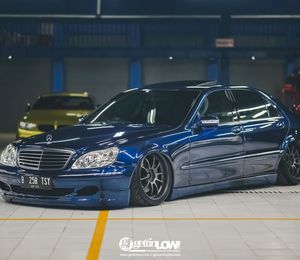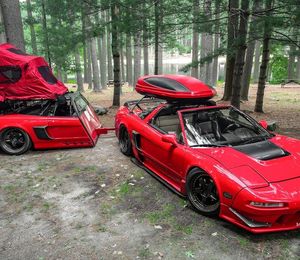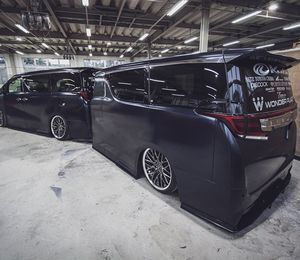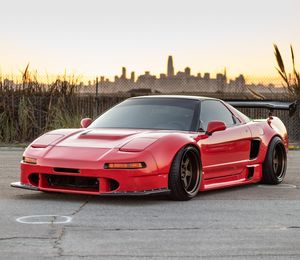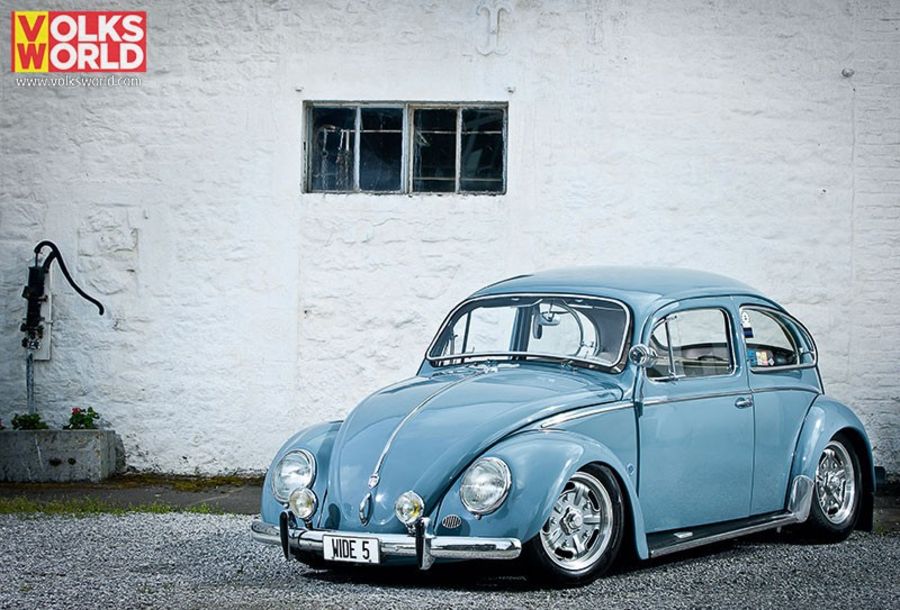
They say a picture is worth a thousand words and that saying couldn’t be more apt than when applied to Jonas Fransson’s 1959 Resto Cal Beetle.
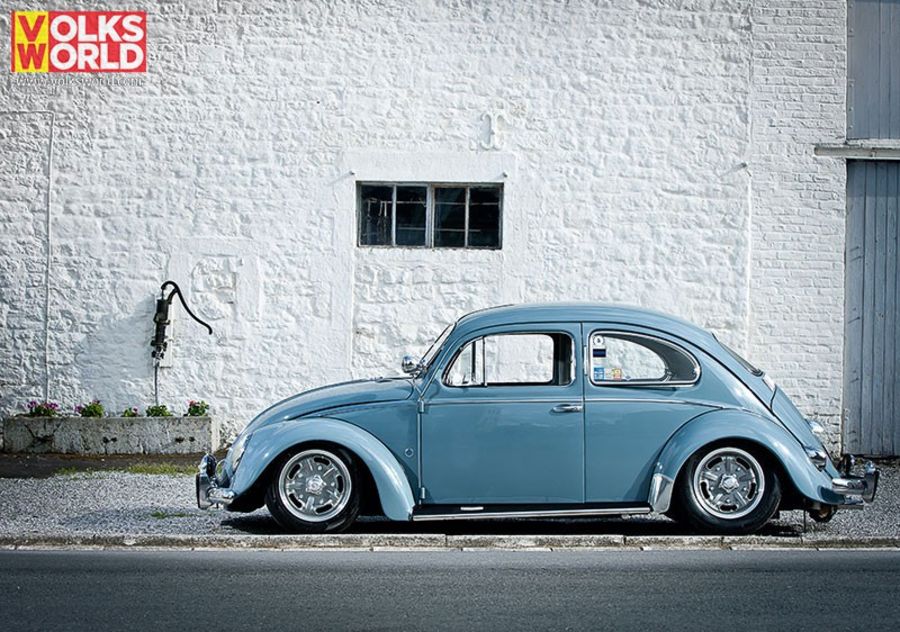
It was a car that quite literally stopped us in our tracks during this year’s pilgrimage to Chimay for the European Bug-In, and the more we looked at this car, the more we noticed, and the more Jonas had to explain to us. Not being the sort to waffle on [Really? I hadn’t noticed - Ed] I’ll let Jonas explain in his own words where his passion for VWs came from, and how this car has evolved into the trinket-laden beauty it is today: “A guy I was working with in 1988 had a restored 1303S. It really caught my eye, so we struck a deal and I bought it from him. I drove that VW for about two years while I did my military service. [At this juncture we should point out to all those who couldn’t tell by the name, or the beard, that Jonas is Swedish, hence the requirement for him to undertake military service - Ed].
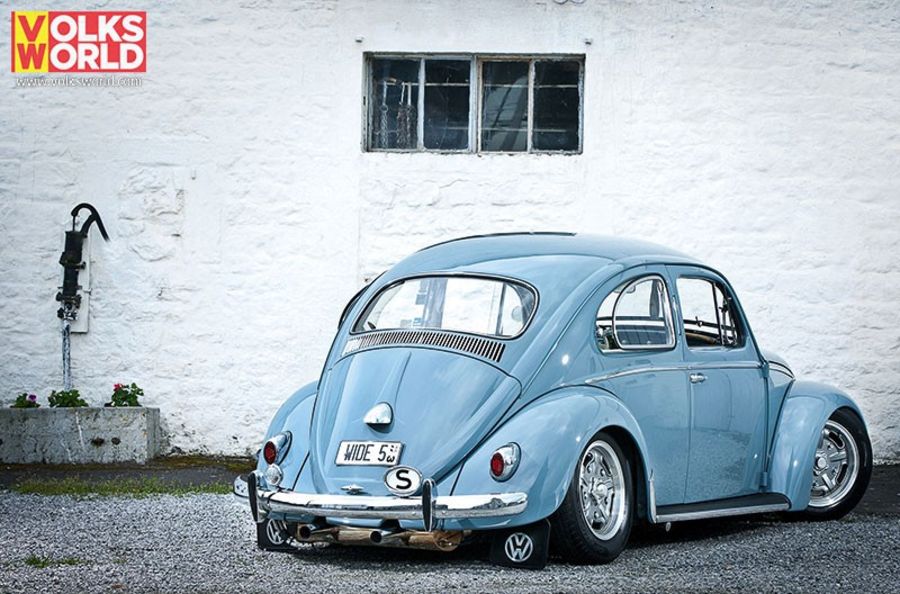
“In 1991 I bought a Fastback that I used as a daily driver, and by 1993 I’d bought my first ‘real’ VW – a 1966 1300 Beetle. At the same time, I met Johan Dryselius who had a very nice ’58 Cal Look with a 1915cc engine, and that was a new beginning for me. I restored the ’66 to be something between Cal Look and what we today call Resto Look. At that time I also started building engines and driving at the drag strip.
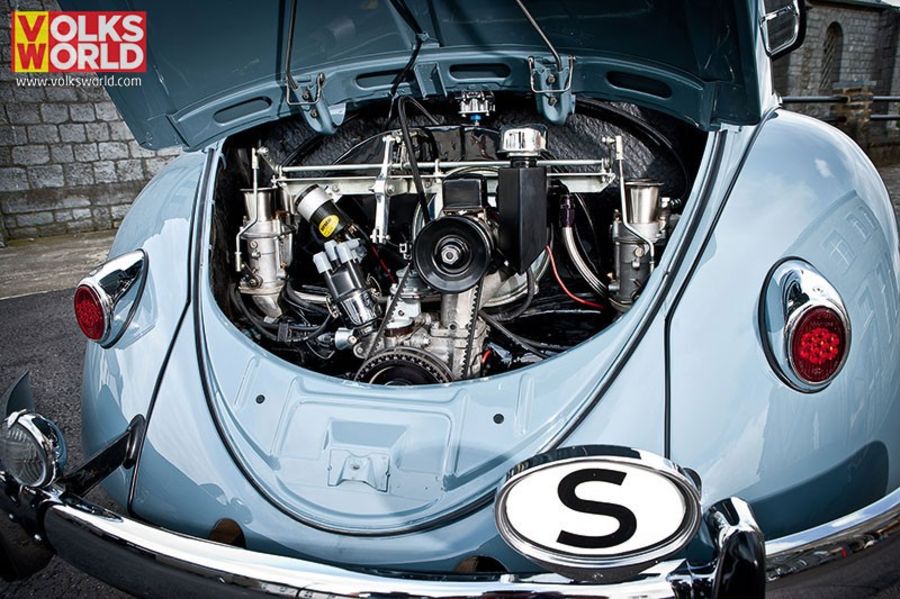
“Then, in 2000, when I was working in Brazil I met a guy who had an unbelievable number of accessories on his Beetle. I loved it, and that’s when I started collecting my own accessories. The bonnet crest on the ’59 is the first piece I bought, and it was from that very same guy.”
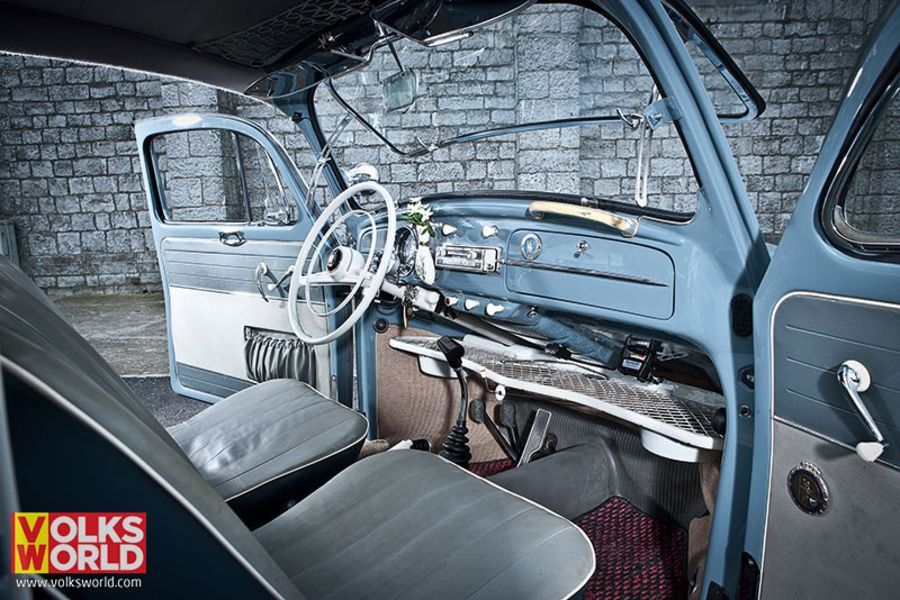
Fast forward to 2009 and we find Jonas buying this ’59 Beetle for his wife, Camilla, from a gentleman called Nicklas Rydh from Linköping. The idea was for her to have something to drive as a summer car, but we also discover that Camilla wasn’t happy driving it, so it became Jonas’ new toy instead! Perfect.
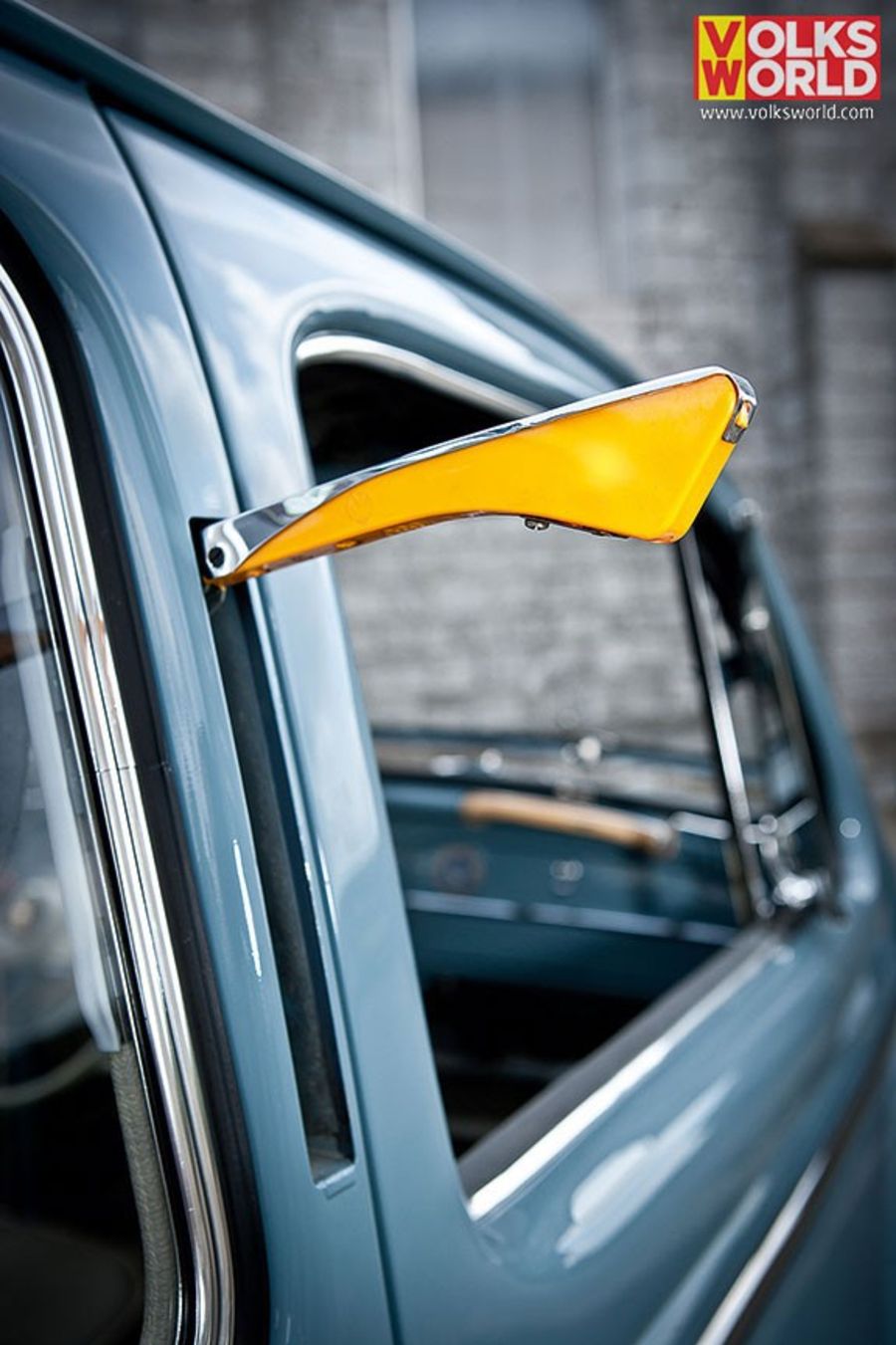
Being a good Swedish car, as in the Swedes don’t salt their roads and their cars aren’t generally driven in the worst weather, it didn’t require any major bodywork repairs when he bought it, so the car was sent to his friend, Daniel Hannedahl, at Sällstorp Body and Paint to have a fresh coat of the original L434 Fjord Blue laid on, although at this point the sides were painted black.Jonas then set about assembling the car with as many NOS and OEM parts as possible.
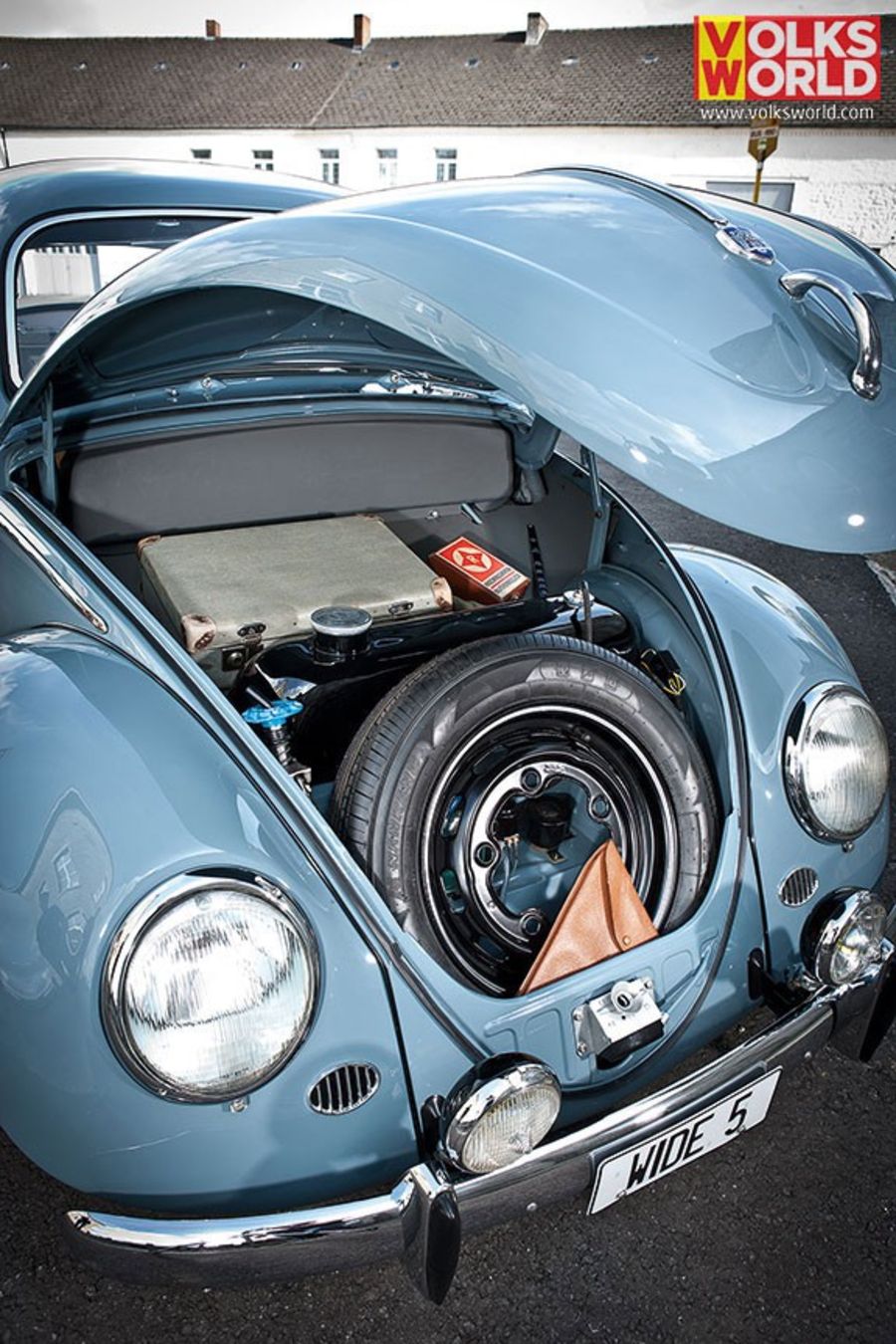
Jonas told us he was very keen to retain the look, feel and smell of the car, so the original headliner and seats, all of which were thankfully in superb condition, were either left in place or re-installed after the paint job.
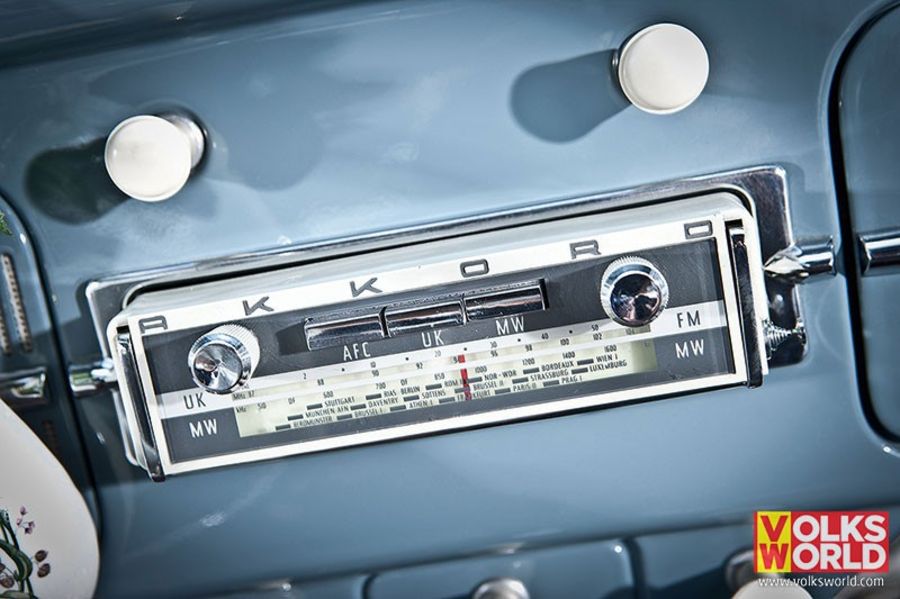
This was never going to be a manic, bolt-it-all-back-together-in-a-hurry fest, as there were so many choice accessories that Jonas had to decide which to fit as the car evolved. In fact, he told us he has so many accessories that he keeps the car fresh by rotating them every once in a while. For example, he has two sets of killer wheels at his disposal. At the time of our photoshoot it was rolling the grey-detailed Mooneyes Speedmasters, but at home there’s a set of rare polished Fumagalli rims. Jonas says he likes to chop and change them depending on the mood he’s in.
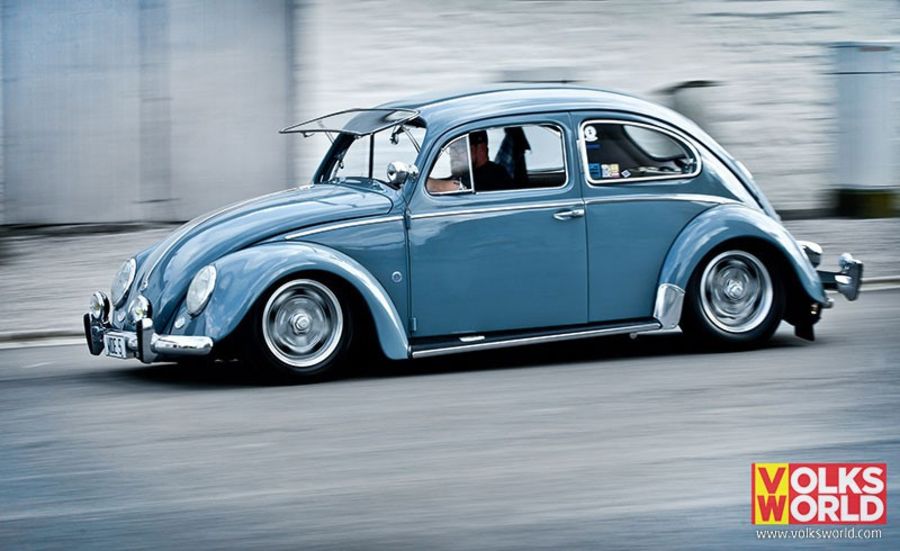
Doing their best to shine above the wheels are some very rare accessories indeed, including, and in no particular order, a 100,000km VW plaque, bumper-mounted Marchal 670 spotlights, chrome rear light housings, an SWF-manufactured, illuminated Swedish ‘S’ badge and that driver’s side-mounted Hella Searchlight mirror.
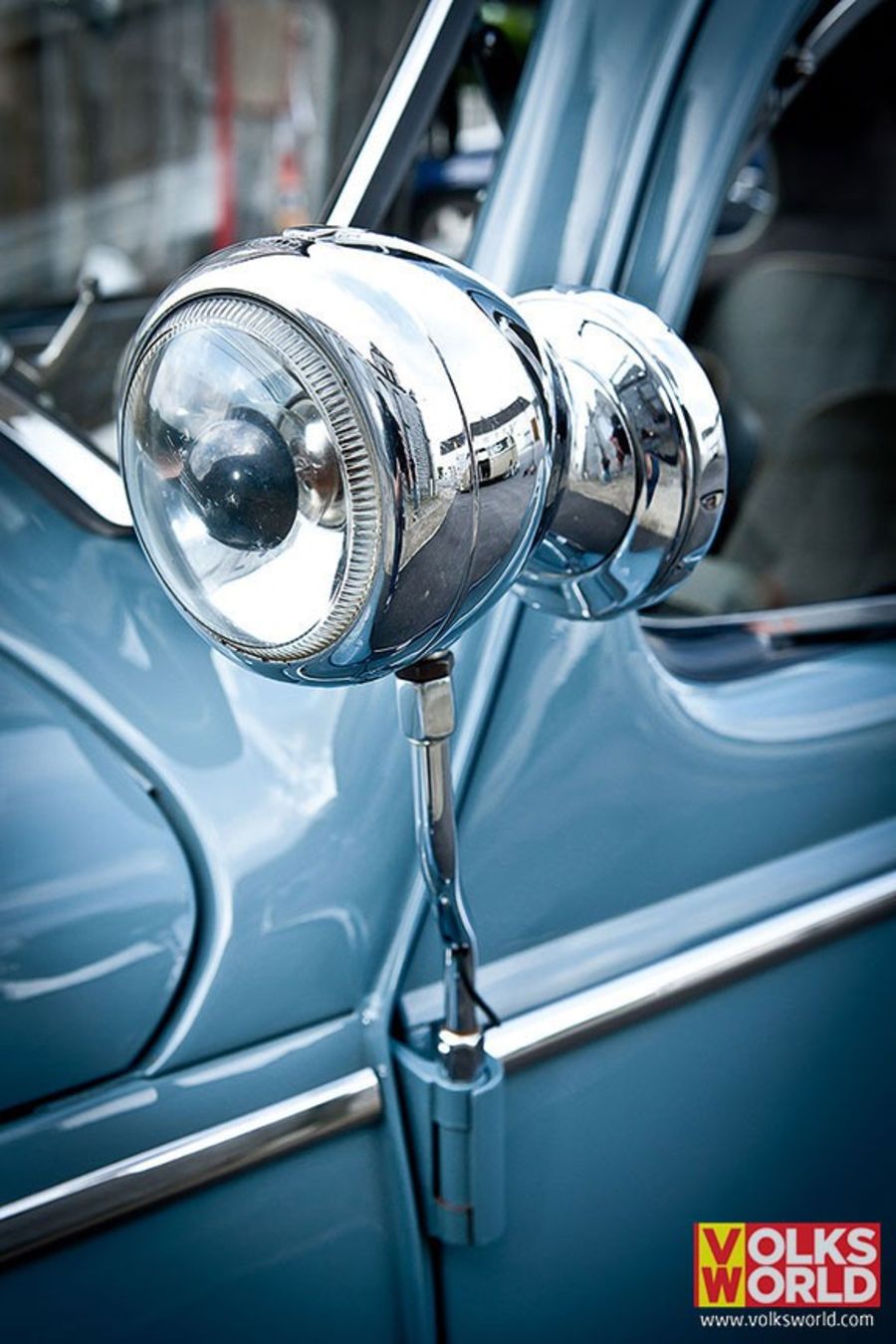
Heck, pukka rear vent trims and NOS rubber bumper guards are nice in their own rights, but have you noticed the semaphores? The chromed semaphores that is? They might be a tad bling for some tastes but, like the rest of the accessories Jonas has chosen to display on his car at this point in time, they add to the overall look of this early big window.
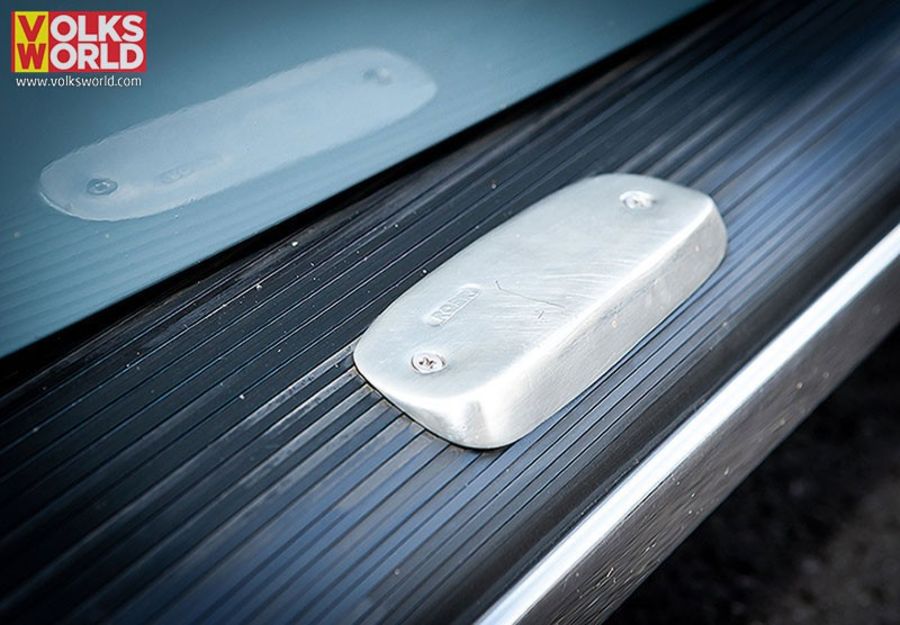
The smörgåsbord of accessories doesn’t stop at the exterior either, there’s a whole world of rarities jostling for your attention inside Jonas’ Beetle, but where to start?
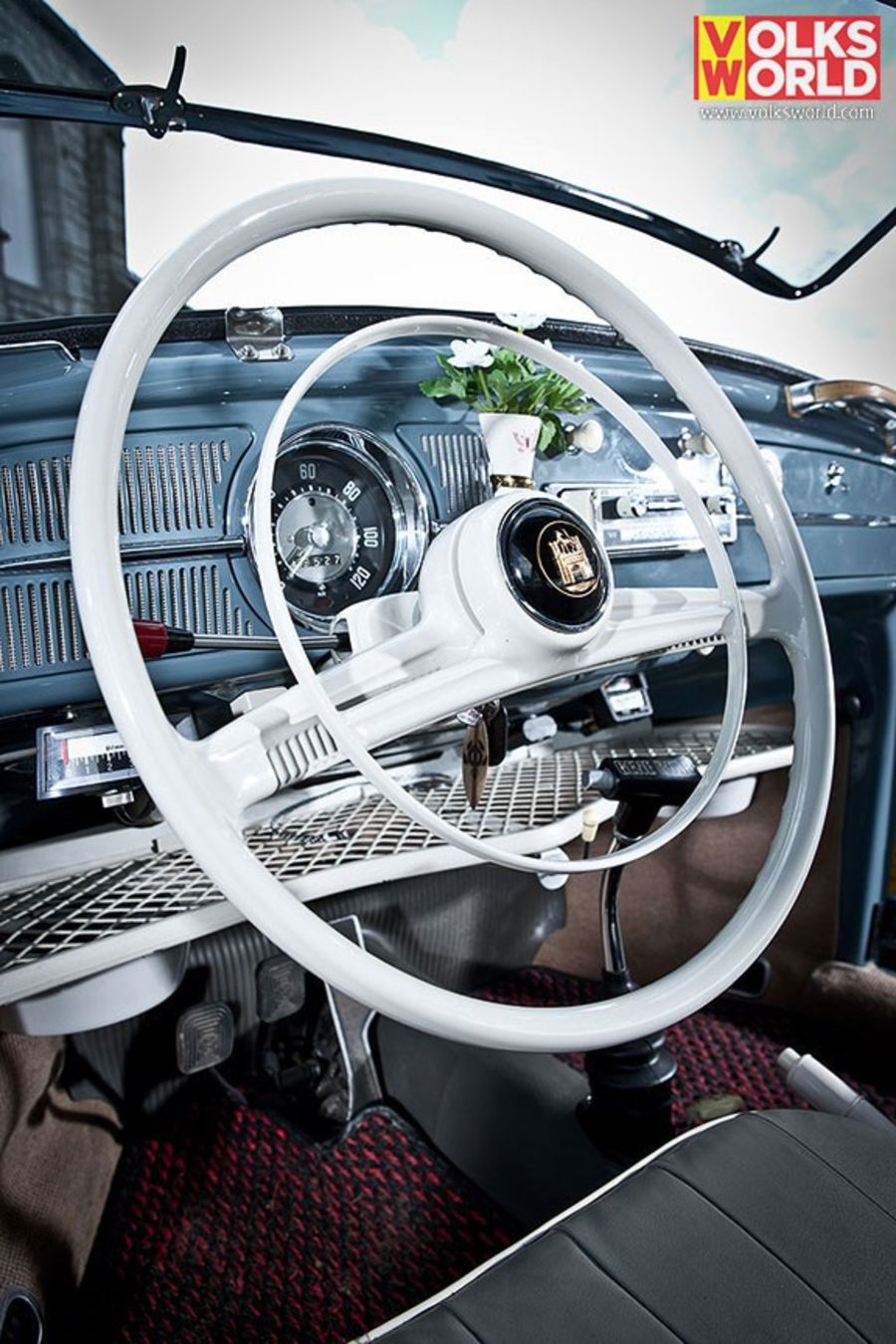
How about with the EMPI orange needle oil pressure gauge that sits inside a Motometer gauge holder? Or with the VDO horizontal tacho tucked away under the dash? Look a bit closer under there, beyond the Kamei shelf, and you will spot two cleverly disguised speakers that are mounted under the shelf in matching white plastic.
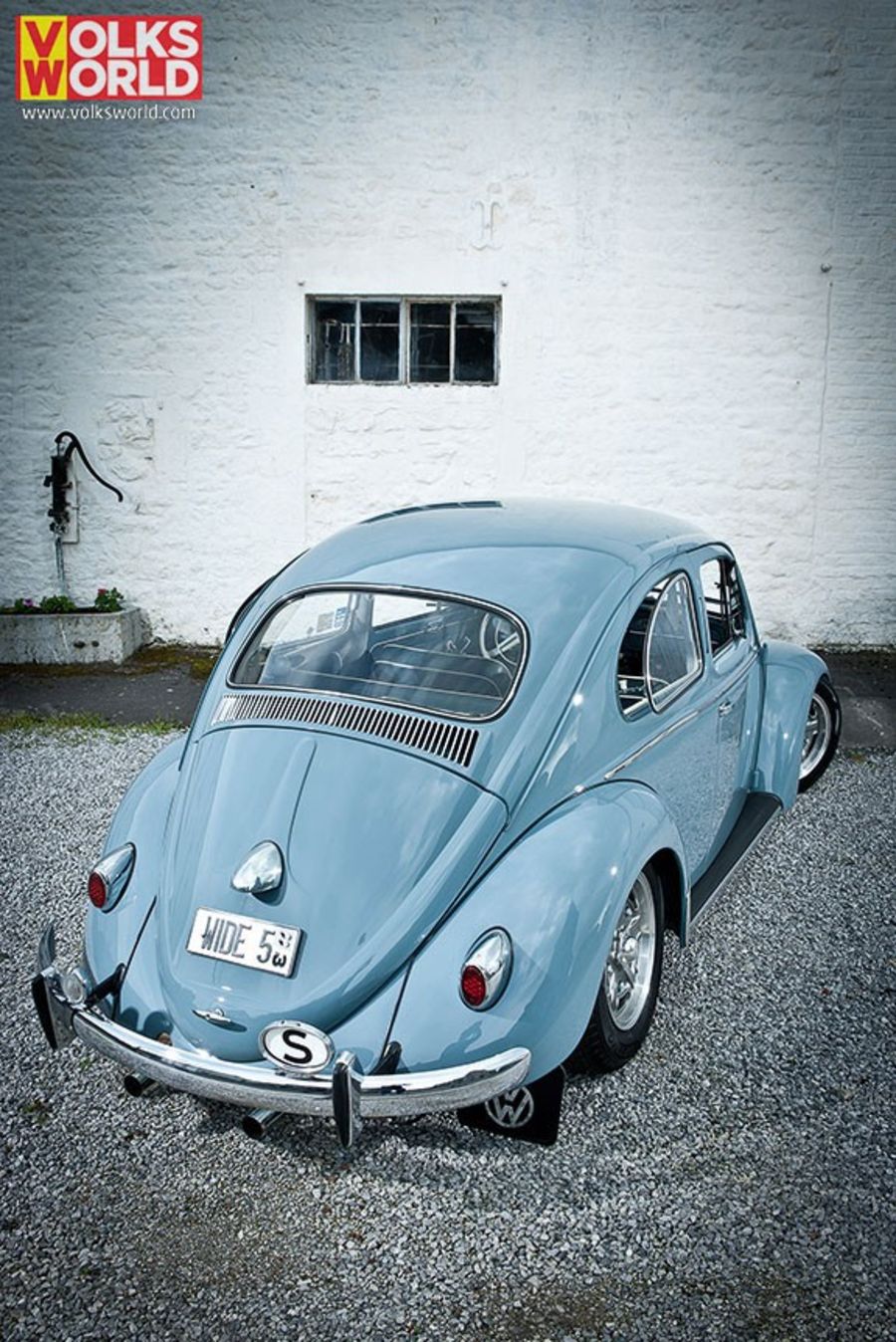
The tweeters aren’t quite so subtle, but they are a clue to the bigger sound system that is the Pioneer head unit hidden in the glovebox, while more speakers are concealed in a period perfect leather case that sits behind the rear seat. The stock steering wheel has been dressed up with a Petri full circle horn ring. Then there is the GHE Happich 961 bud vase, the overhead storage net, the Akkord portable radio, or Autotransistor 715 if you want to use the Latin. A St. Christopher badge mounted on the passenger door card is a nice touch, as is the 100,000km VW badge on the glovebox door. Planting your foot means pressing a Happich Cruiser pedal into the new beige carpets courtesy of Himmelservice in Germany.
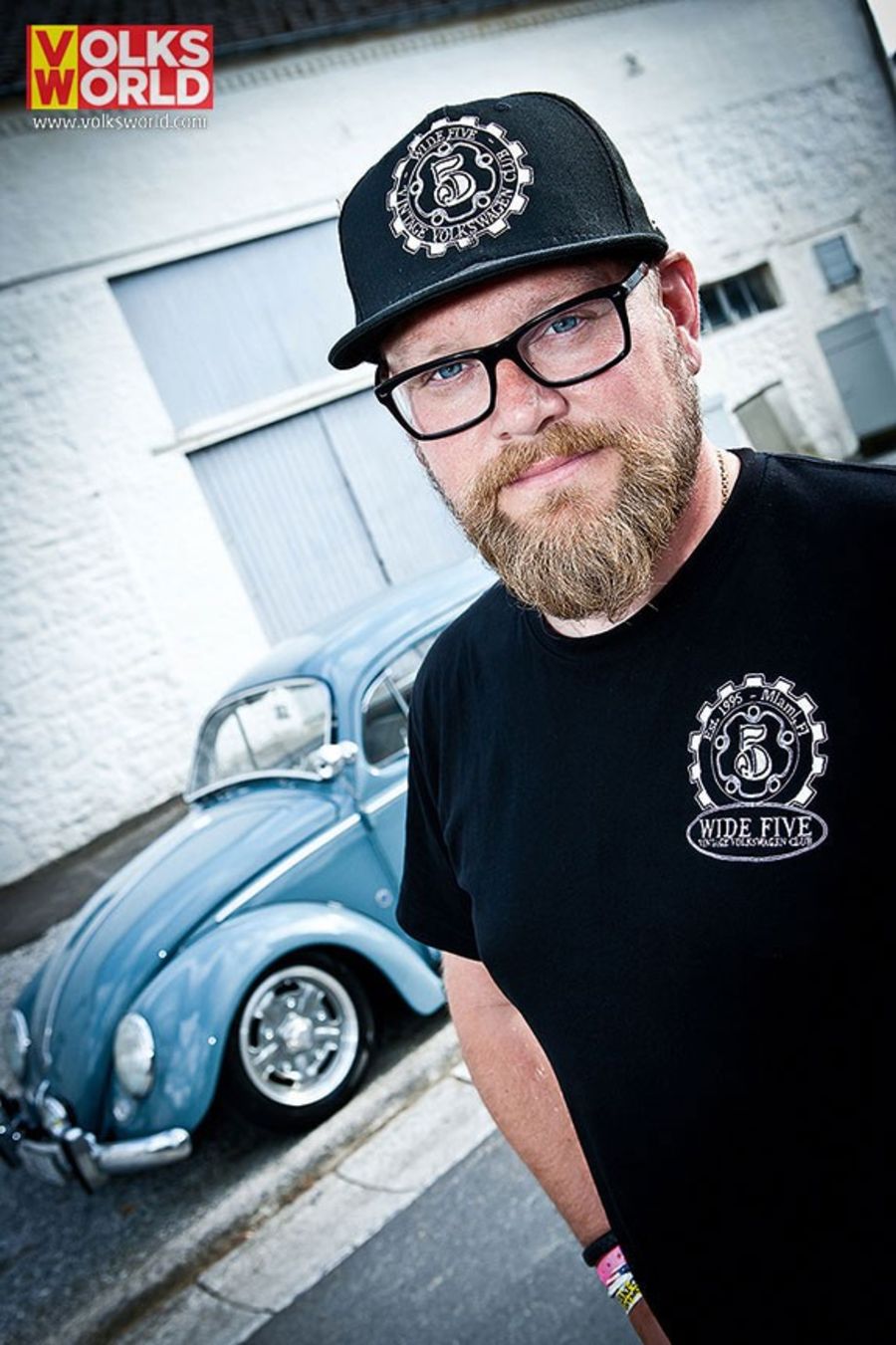
And we’re still not done with the accessories. Jonas has fitted Hüls recliners to the front pews, a GHE glove box pull and grab handle, but the award for the weirdest accessory goes to the Nobifa vibration dampers. These small rubber stoppers sit into the recess for the hinge screws and are designed to prevent the doors from rattling when the hinges sag over time. We’ve never heard of them before either. Look to the right of the ashtray and you’ll find an SWF switch for the electric pump, connected to the SWF screenwash bottle mounted behind the spare wheel. Stored in front of said spare wheel is a Swedish issue BGM warning triangle in its original pouch, but then we expected nothing less from Jonas. Also under the bonnet you will find another vintage suitcase, as well as a 1959 vintage fuel gauge. Back to the dashboard, and to the left of the ashtray is a neat little accessory lighter, which lights up red as it heats up. Jonas doesn’t use it as the lighter is solely for his ’phone charger. The dash also houses another trick piece of kit – a Monroe Ride Leveler, which regulates the air in the Hijacker air shocks used at the rear, which can be pumped up or deflated to raise or lower the back of the car as Jonas desires. And speaking of ride height, Jonas has fitted a four-inch narrowed beam from Grubenwerk, together with 2½-inch dropped spindles from CB Performance, while the rear is lowered by one spline to get the stance just where he wants it.
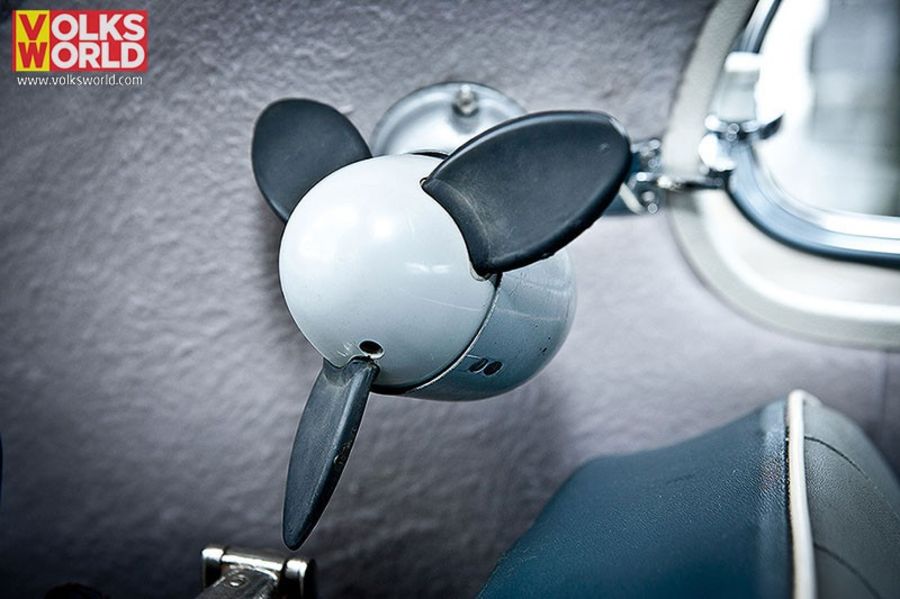
If you think this car is all about looks, then there’s a little surprise when you open the engine lid, for in there you’ll find a punchy, 1915cc powerplant based on an AS41 dual relief case that has been drilled and tapped for a full flow oil system and machined by Göran Lundgren at LoGMECH for the bigger bore pots. It has one or two, or four niceties inside, such as Mahle 94mm forged pistons, as well as Clevite rod bearings, a Schadek 26mm oil pump with a Gene Berg cast iron full flow cover. The cam is a Scat C95 and lifters are also from Scat, the amusingly named Lube-A-Lobe lightweight solid racing followers. The most visual aspect of the motor though is undoubtedly the twin 48IDA Weber carburettors and Gene Berg crossbar linkage (normally Jonas uses Pipercross individual air filters on the street, but took them off for the photoshoot as he prefers the look of the engine without them). Finally, gases are expended through a Vintage Speed stainless steel Super Flow exhaust.









